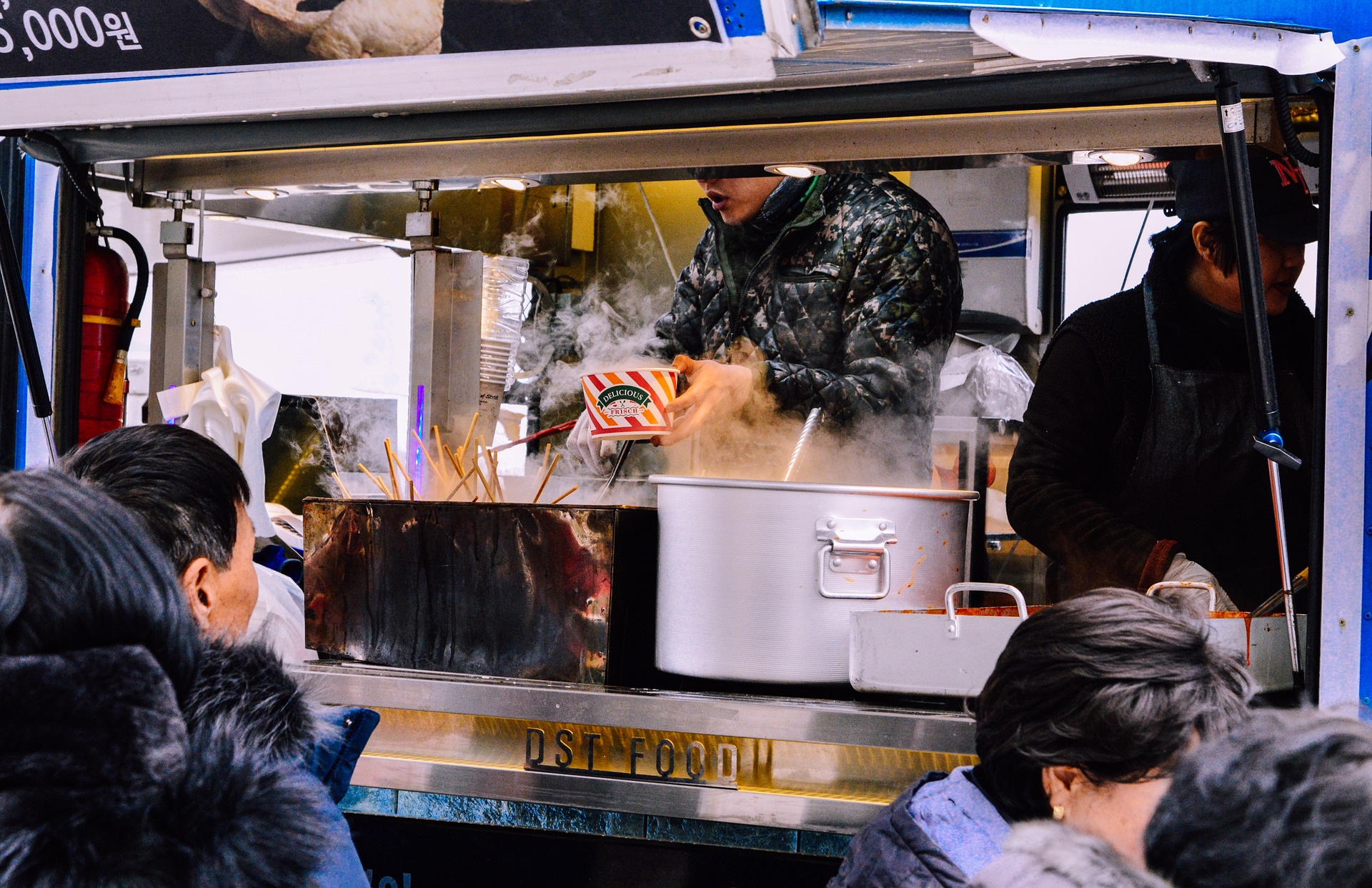Nocturnal Nourishment: Exploring the World of Night Markets
Dive into the vibrant world of night markets, where the culinary adventures come alive after dark. From sizzling street food to exotic delicacies, these nocturnal bazaars offer a feast for the senses and a glimpse into local cultures. Join us as we explore the flavors, aromas, and bustling atmosphere of night markets around the globe.

A Global Tour of Night Market Delights
Night markets can be found across the globe, each offering its own unique flavors and specialties. In Taiwan, the Shilin Night Market in Taipei is renowned for its oyster omelets, stinky tofu, and bubble tea. Wandering through the maze-like alleys, visitors can sample everything from grilled squid to shaved ice desserts. Moving to Thailand, Bangkok’s Ratchada Train Night Market combines food with fashion and crafts. Here, boat noodles, mango sticky rice, and crispy insects tempt adventurous eaters. In Morocco, the Djemaa el-Fna in Marrakech transforms into a lively food market at night, where tagines simmer and vendors serve up snail soup and grilled meats. Europe also boasts its share of night markets, with London’s Street Feast events bringing together food trucks and pop-up bars in various locations. These markets often feature a mix of international cuisines, from Korean barbecue to artisanal pizza. In South America, Lima’s Barranco district comes alive at night with street food vendors selling anticuchos (grilled beef heart skewers) and picarones (sweet potato doughnuts).
The Art of Night Market Navigation
Navigating a night market can be overwhelming for first-timers, but with a few strategies, you can make the most of your culinary adventure. First, arrive hungry but pace yourself. The sheer variety of options can be tempting, but remember that small portions allow you to sample more dishes. Observe where locals are lining up; long queues often indicate popular and high-quality vendors. Don’t be afraid to ask vendors about their specialties or for recommendations. Many are proud of their craft and happy to share insights. Bring cash, as many stalls may not accept cards, and small bills are appreciated. Be mindful of hygiene; look for vendors who handle food and money separately and maintain clean workstations. Embrace the communal dining experience by sharing dishes with friends or making new acquaintances at communal tables. Lastly, keep an open mind and be willing to try unfamiliar dishes – night markets are perfect for culinary exploration and discovering new favorites.
From Street Food to Gourmet: The Evolution of Night Markets
While traditional street food remains the heart of night markets, many are evolving to include more diverse and upscale offerings. This transformation reflects changing consumer preferences and the growing influence of food tourism. Modern night markets now often feature craft cocktail bars, artisanal producers, and even pop-up restaurants from renowned chefs. In cities like Singapore, “new generation” hawker centers combine traditional street food with innovative concepts, attracting a younger, trendier crowd. Some night markets have become incubators for food entrepreneurs, providing a low-risk platform to test new ideas before opening brick-and-mortar establishments. The rise of social media has also impacted night markets, with vendors creating “Instagrammable” dishes that are as visually appealing as they are delicious. Despite these changes, many markets strive to maintain a balance between innovation and tradition, ensuring that classic local dishes remain alongside new creations.
Sustainable Practices in Night Market Culture
As awareness of environmental issues grows, many night markets are adopting more sustainable practices. This shift includes reducing single-use plastics, implementing recycling programs, and sourcing ingredients locally. Some markets encourage vendors to use biodegradable packaging or offer incentives for customers who bring their own containers. Food waste reduction is another focus, with some markets partnering with local charities to donate unsold food. Additionally, there’s a growing trend towards showcasing sustainable and plant-based options, catering to environmentally conscious consumers. Some night markets have become platforms for educating the public about sustainable food practices, hosting workshops on topics like urban farming or reducing food waste at home. These initiatives not only reduce the environmental impact of night markets but also help preserve their cultural significance for future generations.
Useful Tips & Facts
• Most night markets operate from early evening until late at night, with peak hours typically between 8 PM and 11 PM.
• Bring your own reusable utensils and bags to reduce waste.
• Some night markets offer guided food tours, providing insights into local culinary traditions.
• Many night markets have a “point and order” system, making it easy to navigate language barriers.
• Popular night markets can get crowded, so consider visiting on weekdays for a more relaxed experience.
• Some markets have themed nights or seasonal specialties, offering unique experiences throughout the year.
Night markets offer a unique window into the soul of a city, where culinary traditions and innovation converge under the glow of street lamps. These vibrant spaces not only satisfy our hunger for delicious food but also nourish our curiosity about different cultures. As night markets continue to evolve, they remain essential threads in the fabric of urban life, connecting us through the universal language of food. So, the next time you find yourself in a new city as evening falls, seek out its night market – you might just discover your next favorite dish or an unforgettable cultural experience.






